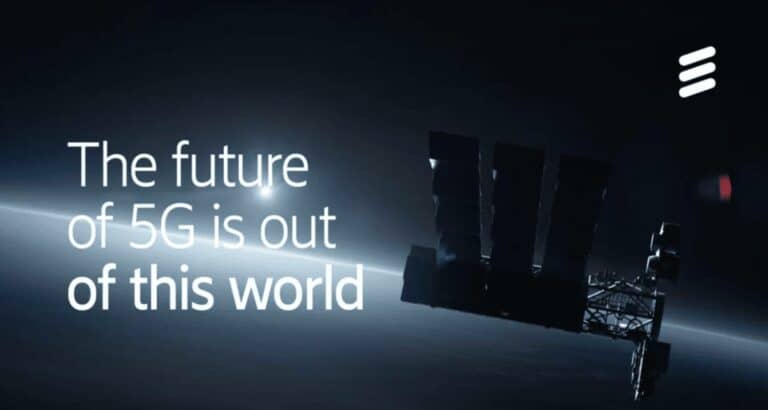Ericsson, Qualcomm and Thales are collaborating on a satellite network for 5G connectivity. The organizations hope to offer worldwide 5G coverage, including remote locations that are currently outside mobile networks’ reach.
According to the organizations, the collaboration was made possible by the inclusion of 5G non-terrestrial networks (5G NTNs) in the 17th release of 3GPP’s 5G specifications. 3GPP is the organization responsible for defining 5G network standards.
This new standard makes it possible to offer 5G connectivity via low earth orbit (LEO) satellites. This should provide better connectivity in areas typically served by satellite telephony.
Different components
Network supplier Ericsson, chip manufacturer Qualcomm and technology group Thales have individually worked on satellite 5G for some time. Together, the organizations want to take things to the next level. Goals include finding use cases, testing solutions and validating 5G non-terrestrial networks.
Ericsson is developing a 5G RAN stack for radio wave communications between ground stations and satellites in low earth orbit. The stack replaces wave communications between base stations.
Thales is developing a 5G radio receiver that can be installed in satellites. Qualcomm is working on handsets that support the network envisioned.

Advantages
The first-and-foremost advantage of satellite 5G is connectivity in remote areas. Other advantages include global connectivity for the energy sector, the transport sector and healthcare. Furthermore, 5G satellite networks can serve as a backup for existing 5G networks on Earth.
Timeline
The release date of the first solution is unknown. Most technology requires testing in space. This, in turn, depends on external parties. The organizations state that a clear timeline is hard to define. If anything, that gives us an idea of the project’s (early) stage.
Tip: The future of SpaceX depends on 42,000 satellites and the Starship
